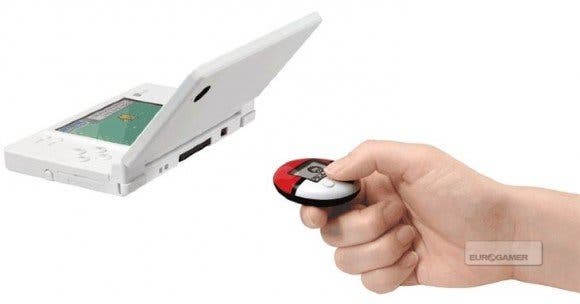Pokemon HeartGold / SoulSilver
The golden days return.
The games' complexity is incredibly impressive and endlessly stimulating. The intricacies of Pokemon breeding and evolution, mysterious items and the day-and-night cycle unravel slowly over the course of the adventure, but it always feels as if there's more to learn.
Astonishingly, HeartGold and SoulSilver never feel old; they come across as extremely modern. If anything, these remakes highlight how forward-thinking the original games actually were. Pokemon understood sharing, trading and communal gaming before the Internet made it commonplace. Gold and Silver even predicted the smartphone in the form of the Pokegear, the PDA that stores your map and the phone numbers of trainers and friends that you meet on your journey through Johto. It's all intuitively displayed on the touchscreen, along with Pokemon team stats, the contents of your item satchel, the obsessively detailed Pokedex and your own personalised trainer card.
The touchscreen allows for a very clear display of information; this is a vast improvement over the original games, especially as there is just so much information in Pokemon HeartGold and SoulSilver. You can search the Pokedex by everything from a Pokemon's name to its height, weight, location, nature or type. Each individual creature has a different set of stats and personality traits to absorb. Every single move and item has its own chunk of descriptive text. Colour-coding and touch controls make the arcane knowledge and mathematics at the heart of the Pokemon experience easy to digest and simple to access.
Only a few things seem old-fashioned. The map annotation system, which is hidden so well that most people probably wouldn't even know it existed, only lets you choose from preset phrases rather than write your own notes, which feels weirdly anachronistic. The phone calls can get annoying, too; it's all very well for a bug catcher to ring up and offer to share his berries with you when you're getting started, but when he's still doing it twenty hours into the game it starts to grate. Being able to rematch challenging trainers is a great feature, but you'll also get a lot of phone calls from the small-fry kids you were battling back when your Typhlosion was still a Cyndaquil. And for some reason, I felt bad about deleting their numbers from my Pokegear.

Pokemon's real achievement is the way it makes you care about the little creatures on the screen, even though they're not really anything more than a collection of numbers and pixels. It's such a personal and involving and comprehensively enthralling experience, and it makes perfect sense that it's managed to hold generations of captivated kids and receptive adults in its spell.
HeartGold and SoulSilver build on the natural bond that develops between the player and his or her Pokemon with little personality descriptions and visual cues; any Pokemon can walk around with you in the world, and they respond positively to your attention. It's amazing how a simple three-line text description of your Bellsprout playing with a twig can become a vignette in the narrative of your relationship with the game. It's difficult to fully understand the magic that Game Freak works, here, but that it works is undeniable.
The Pokewalker pedometer, in theory, enhances this sense of connection by allowing you to carry a Pokemon with you wherever you go, transferring it from the in-game PC to the gadget in your pocket. Walking and playing basic minigames on the wee LCD screen earns your chosen friend experience and in-game currency; they can only gain one level per transfer, so it's not as much of an exploit as it might be. It keeps you thinking about Pokemon, though, as if you needed any encouragement, and though the gadget is hardly a reason to buy the game, it's not just a gimmick, either.
HeartGold and SoulSilver aren't re-releases, they're remakes, and they're more or less perfect examples of how that should be done. They're neither a careless rehash of old material nor crammed with pointless neophiliac nonsense. They combine everything that was best about the older Pokemon games - namely, the more likeable monster designs and inventive spirit - with the much-improved looks and streamlined battle system of the fourth-generation ones. They recapture the energy and imagination of the Pokemon series at the height of its creative and commercial power. And as a lapsed but once-obsessive Pokemon fan, they've recaptured my imagination, too.
